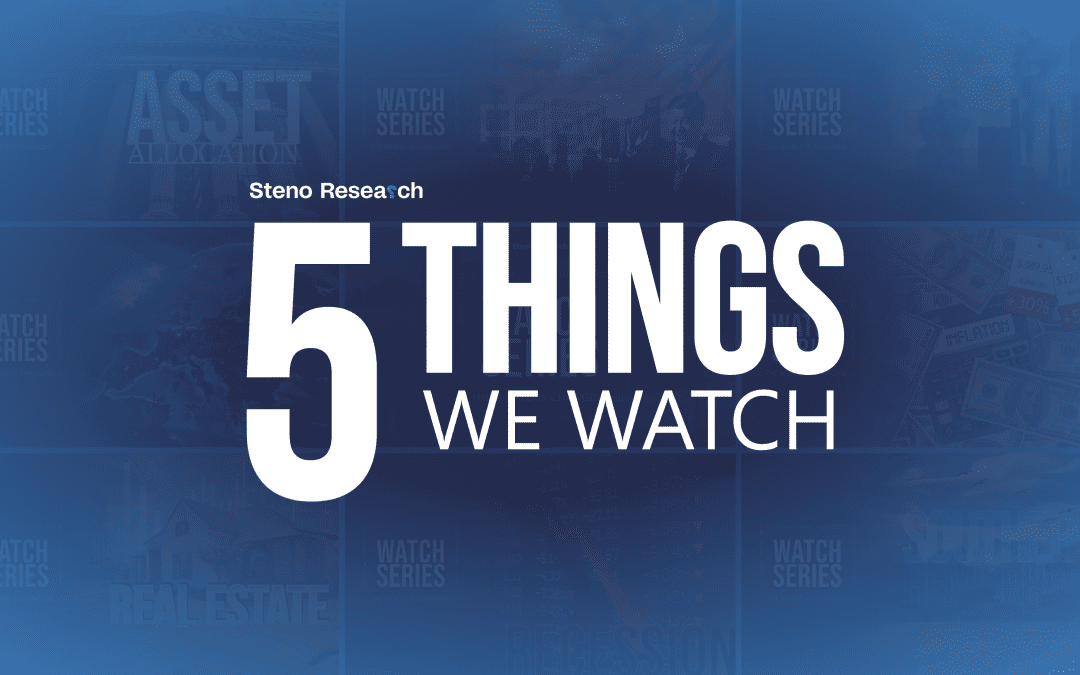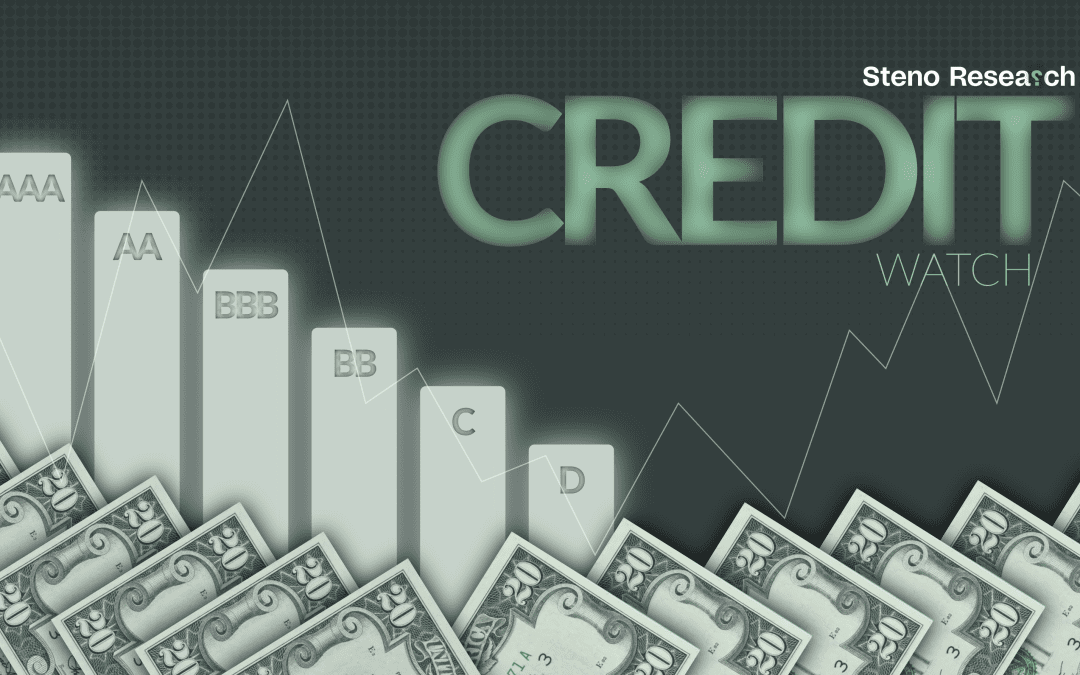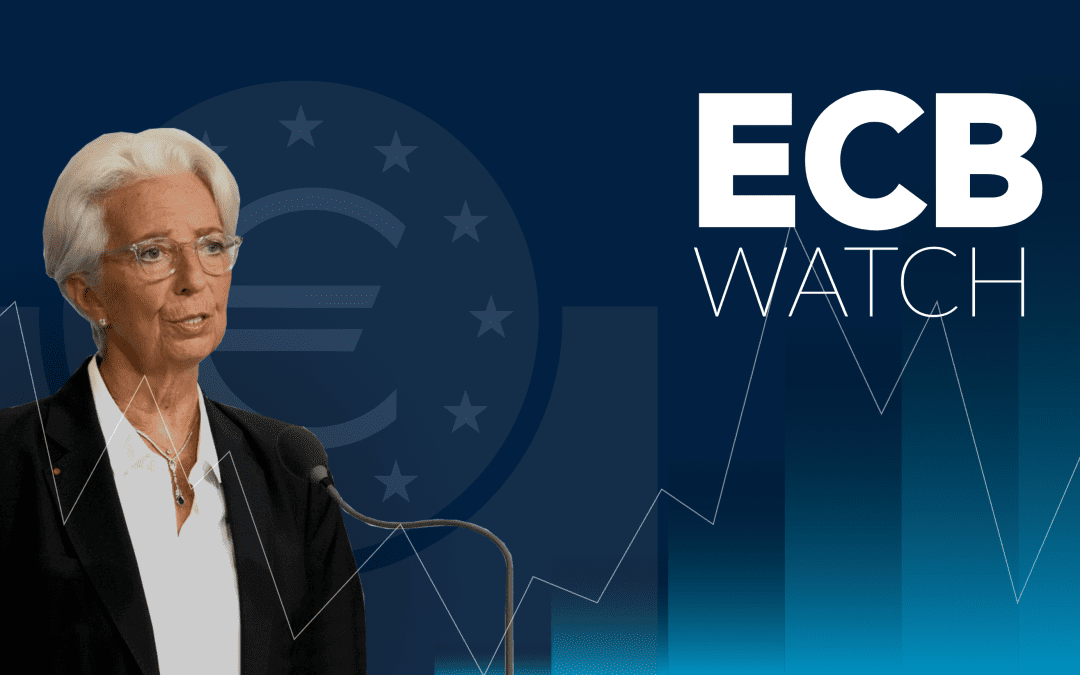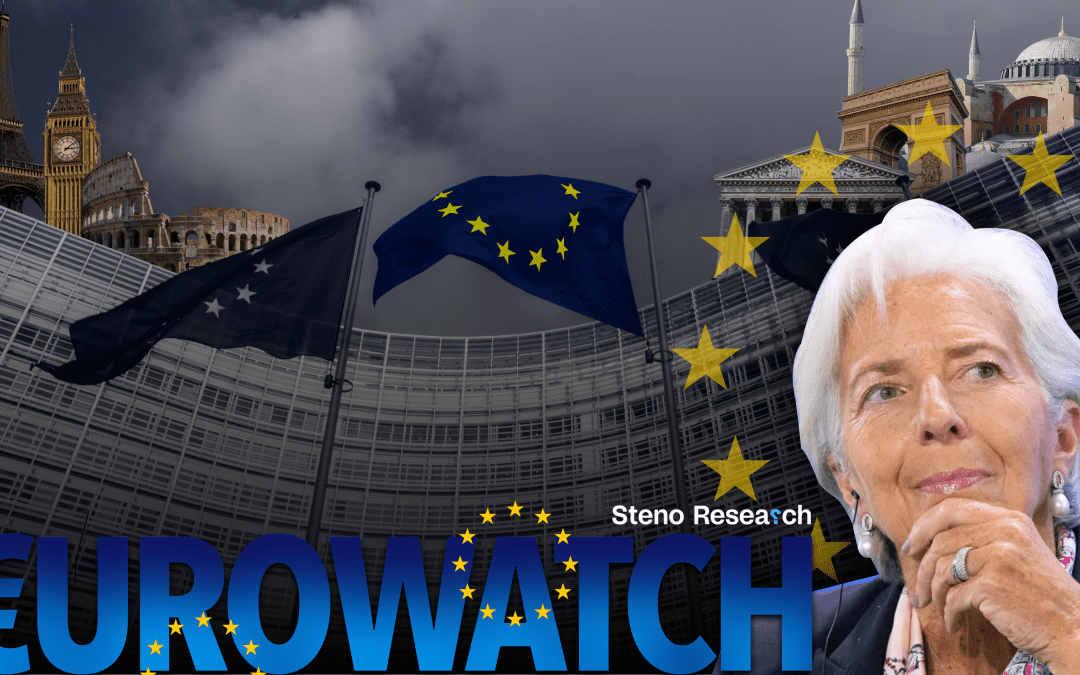It’s central bank week again, and that of course means that we provide you with all you need to know ahead of the big meetings. Recent inflation numbers have pause written all over it, but will central bankers keep their hawkish tone?


It’s central bank week again, and that of course means that we provide you with all you need to know ahead of the big meetings. Recent inflation numbers have pause written all over it, but will central bankers keep their hawkish tone?

The credit contraction is already a reality in Europe and the Q3 ECB Credit Survey confirmed that a contraction is the most likely scenario for H2-2023. There are early signs of improvement, which means that we may get an outright rebound into 2024.

The big three central banks meet this week and we find a 25bp hike given for both the Fed and the ECB with limited forward guidance due to a lack of updated projections. It will prove to be an outright shocker if the BoJ moves the needle this week.

With the recent drop in house lending in the Eurozone, we take a closer look at how exposed European consumers and corporations actually are to further interest rate hikes. A teaser: It doesn’t look particularly great.

The deposit guarantee scheme requires all banks to pay a yearly fee to local DGS funds to reach a preset target. But what countries are missing their targets, and who will have the hardest time at year-end?

Base effects will be harder to beat in June than in May, but we see increasingly compelling signs of a sharp disinflation in Europe over the next 3-5 months. Here is a chart deck on the trends we find most interesting to watch in EUR-flation

It’s Wednesday, and that calls for us to dissect 5 topics that we follow in Global Macro currently. What to expect from today’s panel discussion between governors? How is it going with the ongoing fragmentation of Europe? And will Riksbank hike 50bps like Norge’s bank? Find out here.

Bank of Japan plans on openly discussing the YCC before changing it as core inflation measures continue to intensify. Meanwhile, the EUR shrugs off bad news as the Sintra conference commences.

Now that the dust has settled after last week’s ECB meeting, we look at the four charts that are likely to guide the ECBs decision-making process over the summer. July and done?

The ECB members agree on a hike in July, but September is still in doubt after what may have been the most hilarious update to staff projections in recent years. Rear-view mirror policy-making continues.

The Fed is not on pause. That is at least the message they try to convey to markets, but data will decide, and we have no concrete guidance on the path ahead. A well-orchestrated pause has an embedded hiking bias.

Was it too early to burry the Chinese rebound? Manufacturing is now showing signs of life. Meanwhile, the FDIC sounds worried about the health of the US banking system in their quarterly report. Expect a stinker in the ISM Manufacturing report today.

With Lagarde and her companions taking a semi-hawkish stance recently, Italy is in a difficult position as funding possibilities are narrowing in front of their eyes. They need somebody to buy their govies, while the ECB wants to tighten policy further. Follow along in today’s piece, where we dive into the details of the Italian government and its debt problems.

While everyone is looking at Europe for safety we are taking the other side of the trade. The unbalances of the Eurozone haven’t gone away and with inflation & dark clouds on the horizon, we question whether an indebted fragmented economy can hold fast as the economic winds turn unfavorable. Lagarde is running out of bullets and fiscal ammunition is in short supply

A pause is now the clear base case. The regional banking stress is now more equity/credit driven than deposit driven, which will be harder to backstop for the FDIC and the authorities. Will the ECB sound dovish?

We suspect both Powell and Lagarde to be content with today’s releases but perhaps the cycle fools everyone again?

We expect the Fed to deliver the last hike in this cycle, while the ECB is likely to deliver a dovish hike on Thursday. A big week ahead for central banks!

Goldilocks data keeps coming from the US economy, while the ECB rhetoric hints of the hiking cycle potentially already being over. Here are our take-aways. The steepening will CONTINUE as the cycle is (almost) over.

The US inflation print yesterday would have been a CLEAR 50bp data print, but markets and we remain convinced that the credit event will force the Fed to rethink. The ECB is, on ther other hand, not awake yet.

The market is convincing itself that the hiking cycle is over in the US, but will anyone care about inflation today? Long gone are the calls for higher(er) for longer(er) and the curve is steepening fast.

The Chinese manufacturing sector rebounded in February and the composite PMI is booming, which will be a new booster for China sensitive equities and commodities. Rates will likely continue up alongside it.

The extent of hikes will now be 100% data-dependent and guided by how lags of former hikes will hit the economy in both the US, the UK and the Euro zone. This almost felt like a global coordinated “inflation has peaked” narrative from central banks. What are the ramifications?

Weaker USD, lower rates, performing equities and credits. Powell blew it if he truly wanted to push back on loosening financial conditions. The Fed is now talking about the extent of hikes instead of the pace of hikes, which is an open door to a pause already in March. Position accordingly, not least as the ECB has a rare opportunity to “hawk things up” further.

Everyone agrees that a recession will hit this year, but will the Chinese reopening wreak havoc with the very uniform positioning across assets? Our flagship editorial Steno Signals is out every Sunday at 14 CET / 08 ET

Lagarde starred in the role as the slightly more tanned Grinch as central banks decided to ruin Christmas. Structural liquidity doesn’t look too bad and 2023 is not necessarily the year of the bear.

Inflation runs markets currently as it seems as if growth has become irrelevant for policy makers, but will such a narrative pass a reality test? I doubt it. Growth will re-enter the limelight soon!

The current inflation is mainly a result of lagged consequences of the pandemic trends, but as these trends are about to reverse, we may experience the disinflationary part of the pandemic soon.